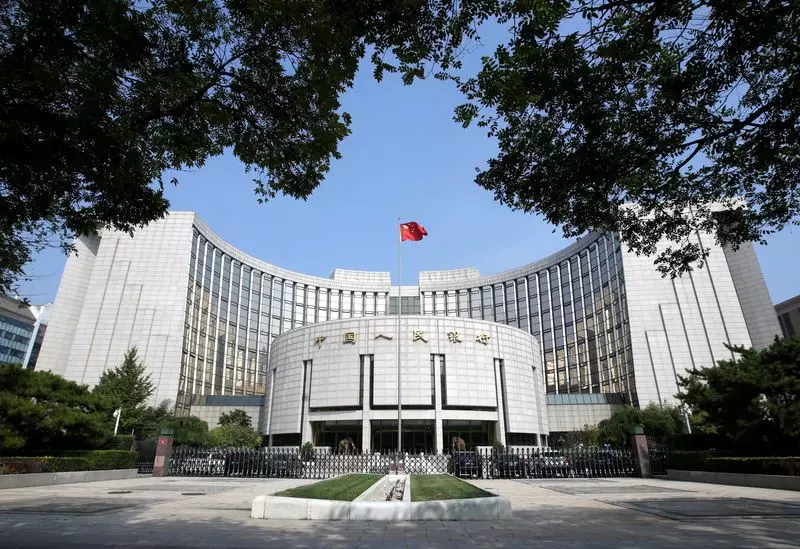China’s decision to lower key short-term policy rates and benchmark lending rates came as a surprise to many in the market. The move was a response to weaker-than-expected second-quarter economic data and the country’s struggle to combat deflation, a property crisis, surging debt, and weak consumer and business sentiment. Additionally, mounting trade tensions and concerns about China’s export dominance have put pressure on the economy. Analysts believe that the sharp slowdown in growth momentum in the second quarter prompted the unexpected rate cuts.
The rate cuts by the People’s Bank of China (PBOC) had an immediate impact on global markets. The seven-day reverse repo rate was reduced to 1.7% from 1.8%, while benchmark lending rates were also lowered. This move was seen as a way to boost growth and achieve the country’s growth targets. The decision was also influenced by growing expectations for the Federal Reserve to begin cutting interest rates, giving the PBOC room to ease its policy.
Following the rate cuts, China’s yuan dropped to a near two-week low against the dollar. Chinese sovereign bond yields also fell, with 10-year and 30-year yields down as much as 3 basis points. The announcement of the rate cuts led to a rise in China’s 30-year treasury futures, indicating a positive market response. Analysts believe that the PBOC’s decisive action shows its commitment to bolstering the economy and achieving growth targets.
Future Expectations
Economists and market experts expect that China will implement more rate reductions in the future, especially after the Federal Reserve begins its own rate-cutting cycle. The goal of these rate cuts is to strengthen counter-cyclical adjustments and provide better support to the real economy. The PBOC’s announcement also came after plans to revamp its monetary policy transmission channel, indicating a shift towards a more market-oriented interest rate mechanism.
China’s surprise rate cuts have had a significant impact on global markets. The decision to lower key policy rates and lending rates was driven by the need to boost growth, combat economic challenges, and address trade tensions. The market reactions to the rate cuts have been mixed, with the yuan weakening but bond yields falling. Looking ahead, economists expect more rate reductions from China in response to global economic conditions and the actions of central banks like the Federal Reserve. The PBOC’s commitment to supporting the economy and improving the interest rate mechanism will be vital in managing future challenges and ensuring stability in the financial markets.

